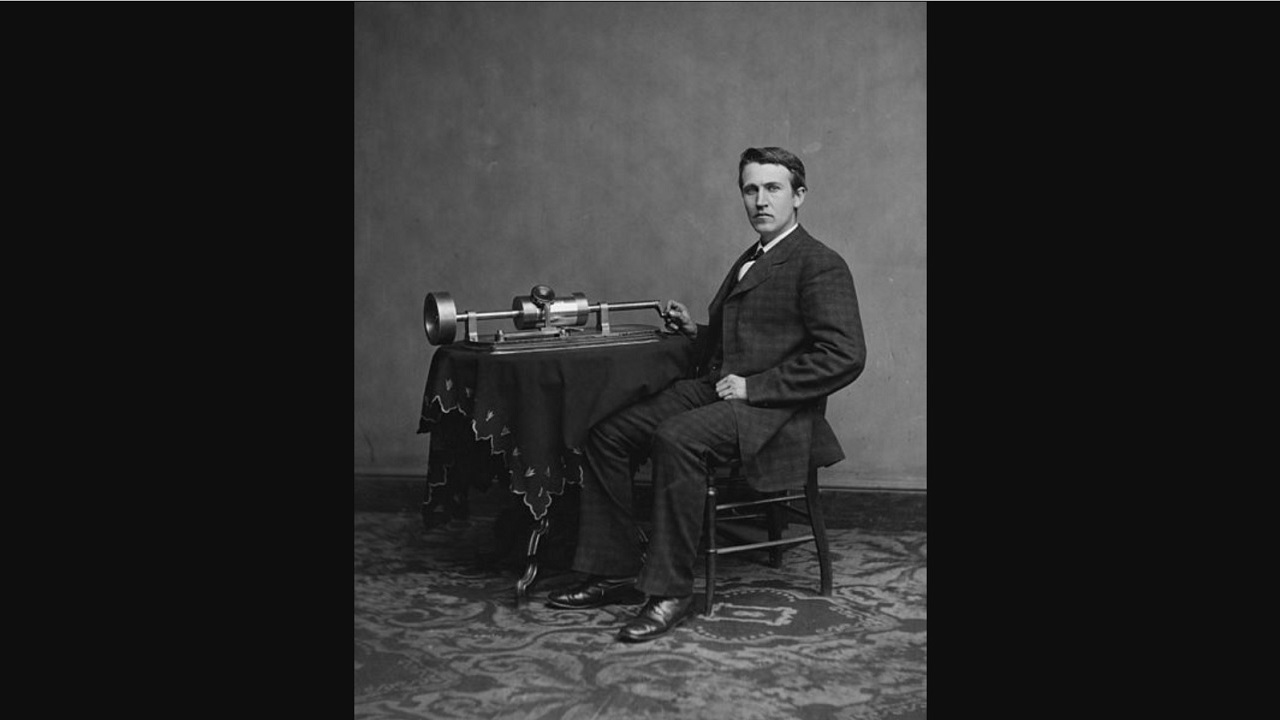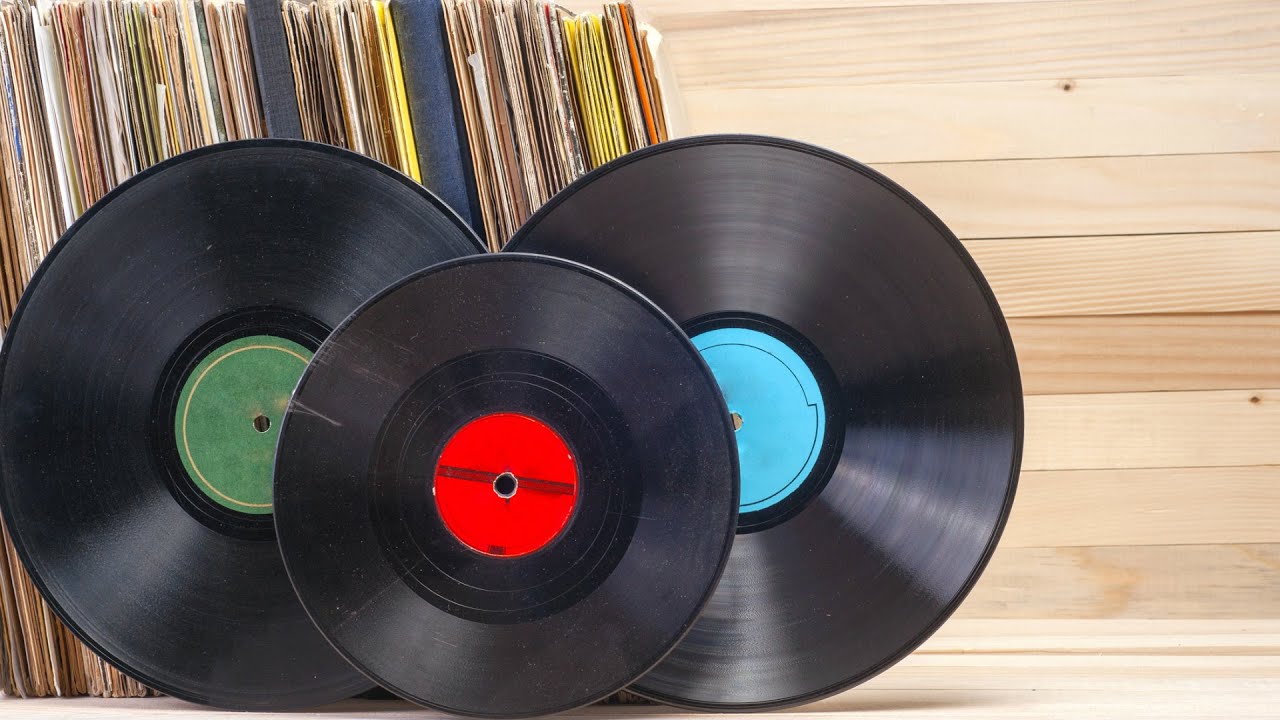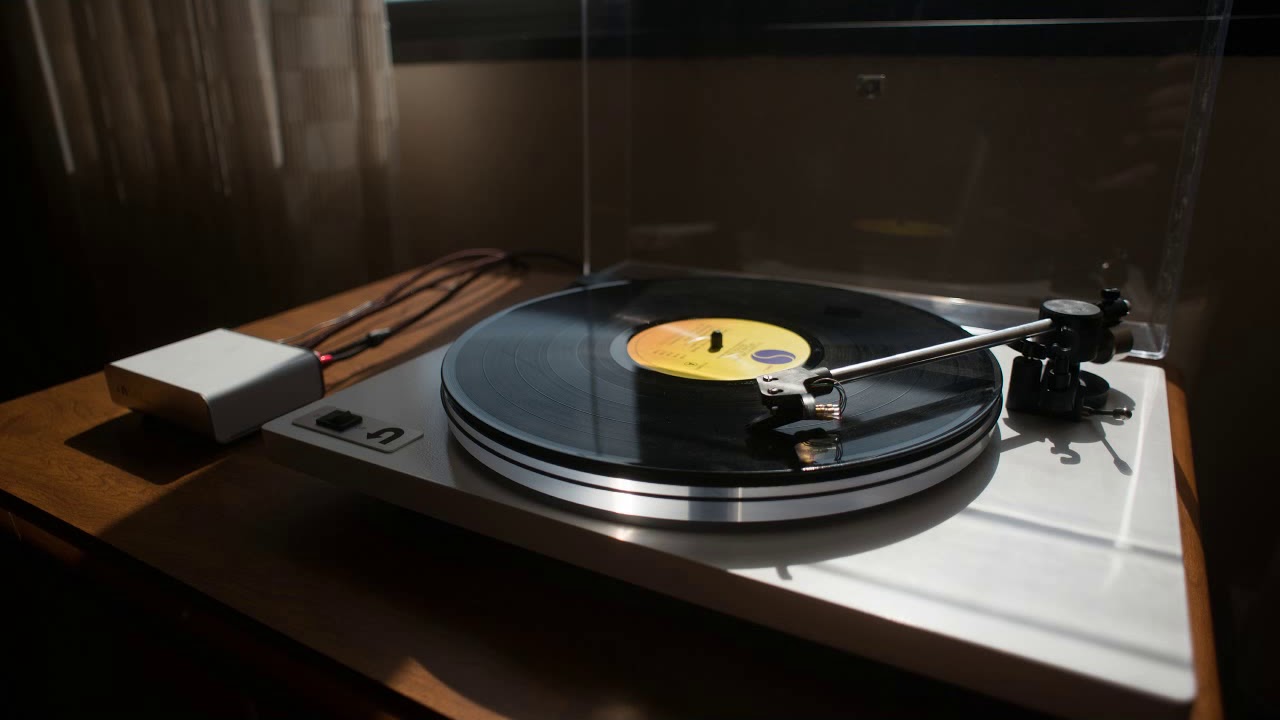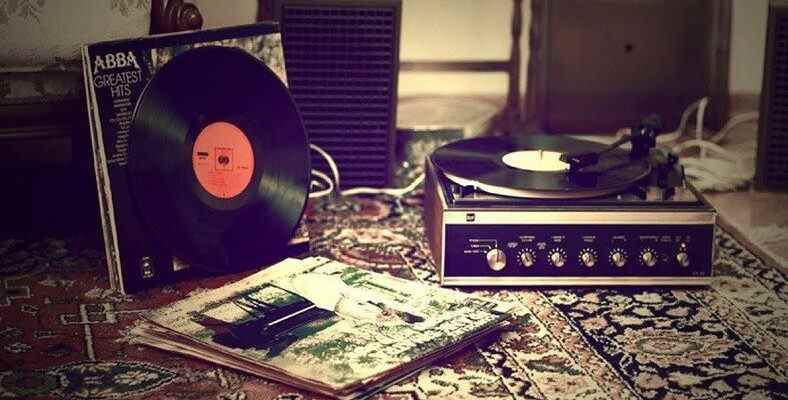Records, which were once the best way to listen to music, were thrown together with cassettes and CDs. However, just in this period when everything went digital, records became popular again and even began to break sales records. Let’s take a closer look at its history and how it works through the question of what is a plaque.
Until the 1970s, if you wanted to listen to an artist’s song on the radio instead of waiting for it, you had to have a record player and his record. Known for many years as the most useful method of listening to music records were replaced by cassettes, CDs, MP3s and finally digital music platforms. Strangely enough, records came back into fashion after 2008.
The appearance of plaques occurred in the late 19th century. It developed rapidly and became the biggest actor of voice sharing in a short time. Although it is a very primitive method today, where we can reach the song we want with a single touch, many music lovers are still immersed in the magic of records. Bride what is plaque its history and how it works. Let’s take a closer look.
What is plaque?
In its most basic definition, plaque, It is a sound storage unit. The record not only stores the sounds, it also plays the stored sounds with a suitable record player. Although they have been produced from many different materials throughout history, they are generally produced from PVC material. It can record sound of varying length depending on its size and type, and it can store different recordings on both sides. He explained the history of the record player known as the turntable in our article here.
How does plaque work?
We will include the details while describing the history of the record, but in its most basic definition, it would not be wrong to say that the working system of the records is like a fingerprint. The sound is processed analogously to the channels on the record. and stored that way. When the channels on a record placed on a turntable are read by the turntable’s needle, the recorded sound begins to play. If a different sound is processed on the back of the record, when you turn it and place it on the record player, these channels are also read and played by the needle.

It all started with Thomas Edison’s invention of the phonograph:
In the 1870s, Thomas Edison was doing important work on the telephone and telegraph. Since both devices are doing an unregistered transfer Edison to record and play sounds In 1877 he invented a device called the phonograph. For the phonograph, which reads sounds recorded on a wax cylinder, Edison used the definition of music reproduction.
When we came to the 1880s, the Volta Laboratory, owned by Alexander Graham Bell, improved Edison’s designs. He developed a device they called the gramophone. This device read the sounds not through a wax cylinder, but through a hard rubber cylinder. The gramophone was manually operated. In 1887, an inventor named Emile Berliner developed flat discs with lateral cuts similar to the plates we know today.
The plaques enter the mass production process:
Wax cylinders sold to be played in phonographs and gramophones, which were now in homes when we came to 1892, they could only record two minutes of audio. The cost of these wax cylinders, which did not offer a very efficient use, was quite high.
In 1901, double wax cylinders began to be produced, both in series. The sound channels on the double wax cylinders are not carved one by one, It was printed on a single plate. These were referred to as gold molded wipes because during manufacture the electrodes emitted gold vapor. We can say that these devices were the first mass-produced records, since around 150 were produced in a single operation.

Records of 33, 45 and 78 hit the stage:
Also known as 33, 45 and 78 records emerged in this process. Flat discs, developed by Emile Berliner, because they play at 78 rpm per minute They were called 78. These discs, which were much better quality than wax cylinders, could record sound for up to 5 minutes on each side. Their structures were much heavier and more fragile than modern records.
In 1930, a company called RCA Victor introduced a much longer-lasting record to the market. These 12-inch plaques because they play at 33⅓rpm per minute They were called 33’s. Thanks to their large size, they could record sound for much longer.
When Columbia, the rival company of RCA Victor, released their 33’s in 1948, RCA Victor employees embarked on a new quest. As a result of this search, only 7 inches in size and played at a speed of 45 rpm Small records called 45’s were released. Broadcast playback systems discovered during this period are used even in the digital world today.

The disappearance of the records in the dusty pages of history and their sudden resurrection:
With the advent of much smaller sized records and record players, this method of listening to music had peaked. But every peak had a fall, and the reason for this decline was the tapes. Eight-channel cassette cartridges, which first appeared in the 1970s, were much more useful than records and could store sound recordings for much longer periods of time. The next is already CD, MP3 and digital music platforms.
Record Store Day held in the United States in 2008 brought dusty records back to the surface. It’s unknown why, but that day, for the first time since 1986, vinyl sales surpassed CD sales. The record market experienced 50 percent annual growth until 2020. Even today, when music lovers want to buy a physical music recording unit, they prefer records rather than cassettes or CDs.
Is the record sound really better than digital?
Of course, whether something is more beautiful is debatable because it is purely subjective. However The main difference between digital and vinyl recording is that it is analog. The sound on the record is a physical recording, on the digital, this sound is a digital recording. This makes the sound on the record feel more real. In other words, it is not known whether the sound on the record is better, but it is definitely more sincere.
Once the most useful way of listening to music, then outdated but what is the record that has become popular again nowadays We explained the history and the curious about the question. Is record sound better than digital music? You can share your thoughts in the comments.
